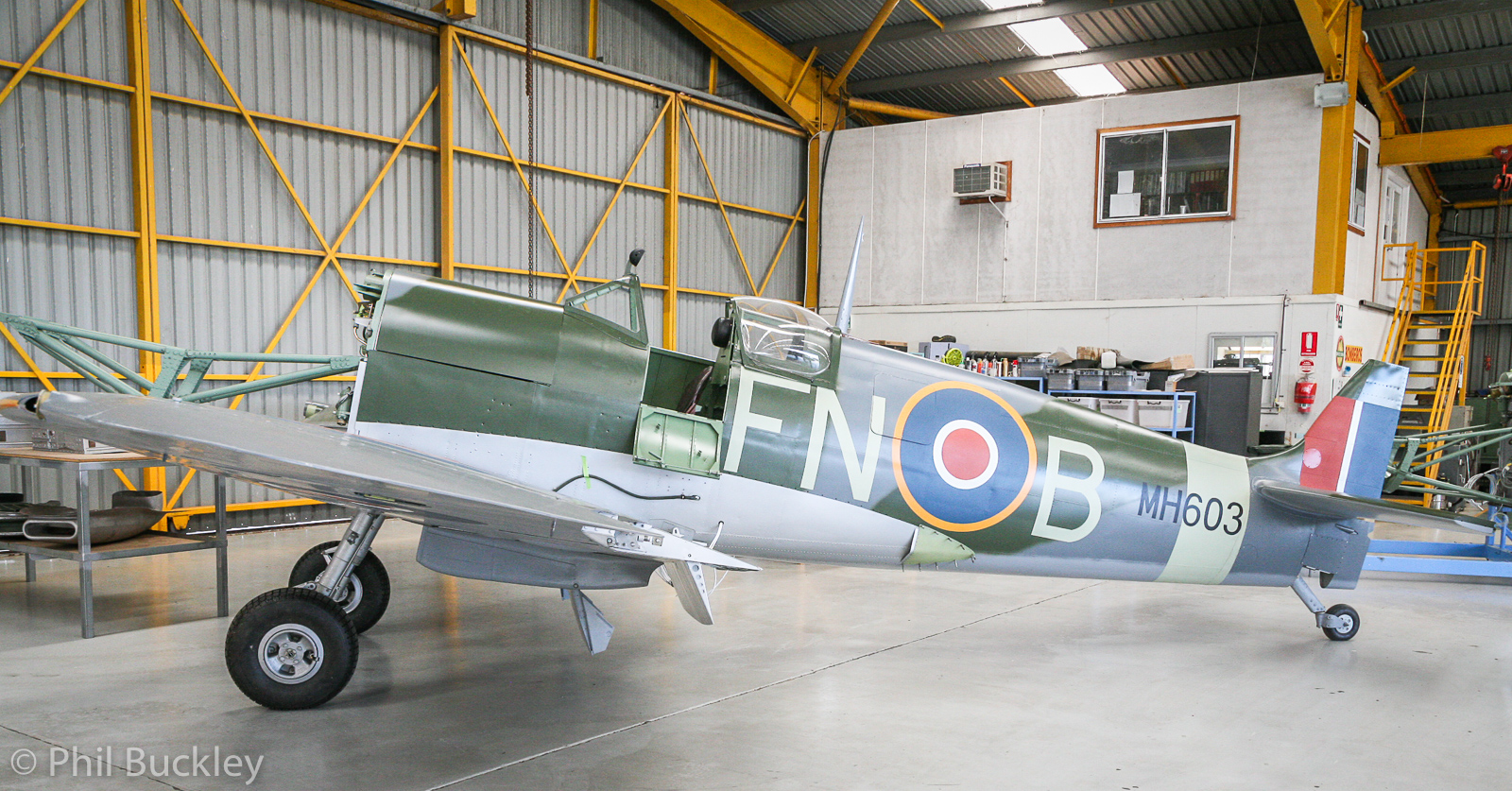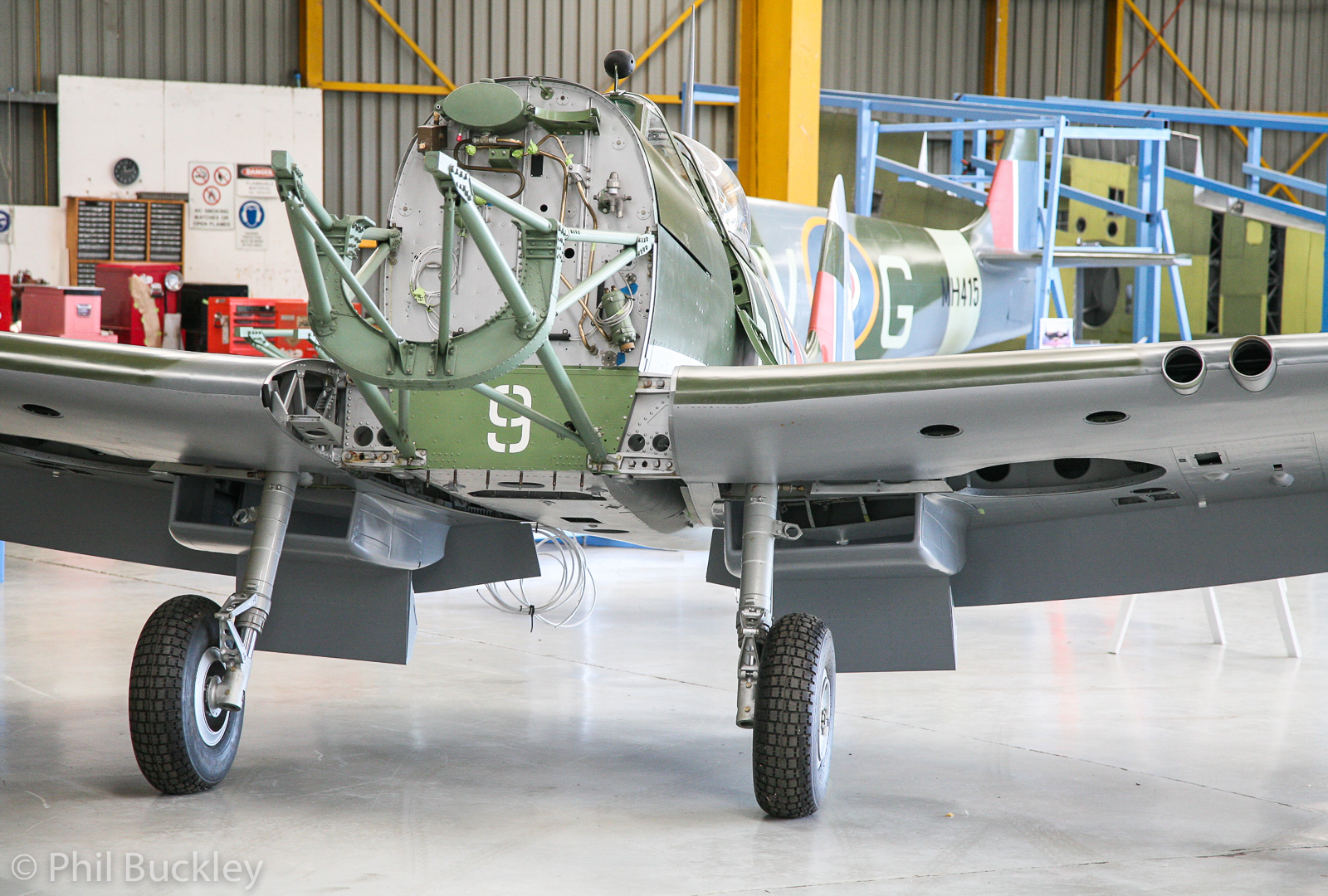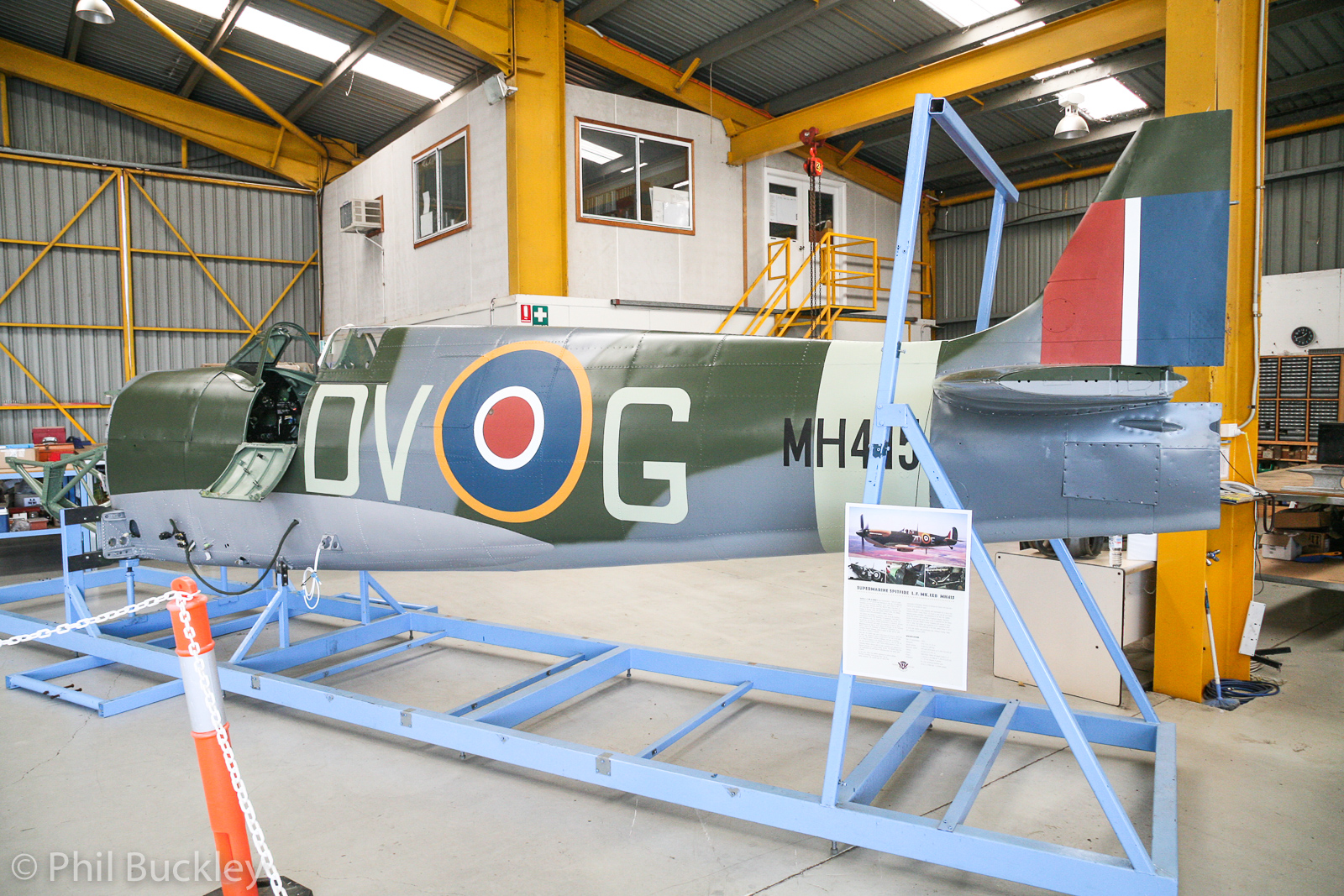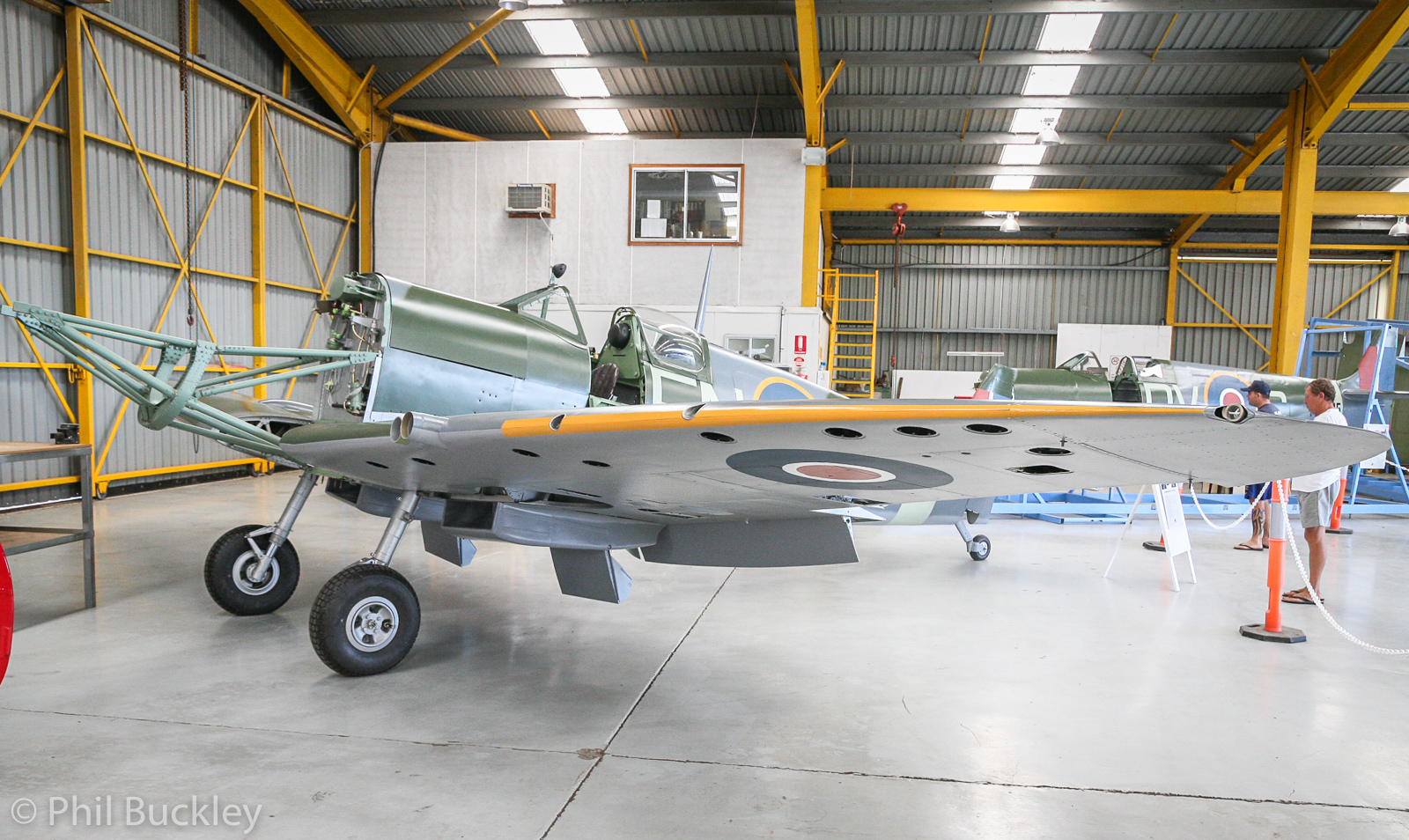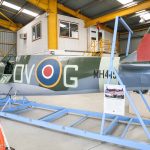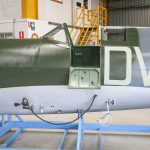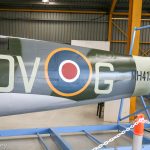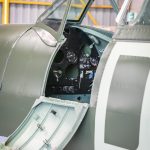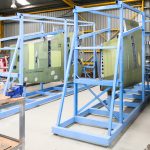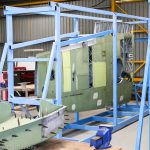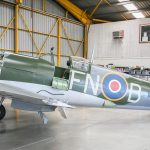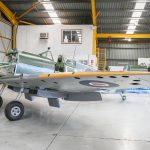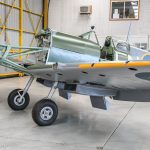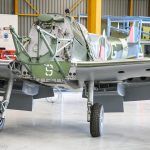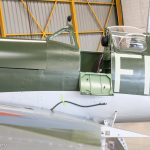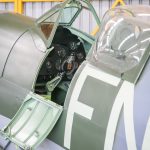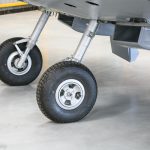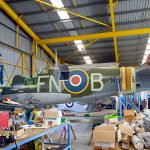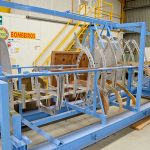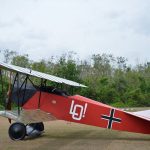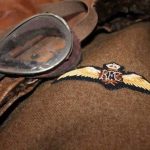From our good friend Phil Buckley, comes a recent progress update concerning a brace of Supermarine Spitfire Mk.IXs under rebuild with Vintage Fighter Restorations in Scone, New South Wales, Australia. Owned by Ross Pay, VFR has established itself as one of the premier warbird restoration facilities in Australia. Ross’s father, the late Col Pay, was a doyen of the warbird movement downunder, and is responsible for recovering large numbers of Vietnam War vintage American aircraft such as T-28 Trojans, A-37 Dragonflys, and O-1 Bird Dogs from various nations in South East Asia during the early 1990s. He also restored and maintained a number of WWII fighters such as Spitfire Mk.VIIIc MV239, Kittyhawk Mk.I AK752 and CA-18 Mustang A68-107, among others, so it is no surprise that Ross has continued in his father’s footsteps.
The two Spitfires at VFR are both combat veterans with significant histories: MH415 and MH603. Of the two, MH415 is easily the more important, as it was entirely intact and in time capsule condition when acquired in 2014. Its history is presented on VFR’s website as follows…
Supermarine Spitfire MH415 was constructed in 1943 at Castle Bromwich UK. The aircraft was delivered to RAF No.129 (Mysore) Squadron at Hornchurch in August 1943, and wore the squadron codes ”DV-G” and was often flown by the C.O. Sqn Ldr Gonay. Records show that MH 415 was in the thick of the action with 129 Sqn, regularly participating in missions over Europe. In October 1943, the Spitfire moved on to No. 222 (Natal) Squadron in October 1943 where she continued to participate in more sweeps across the continent.
The Spitfire was retired in 2 January, 1944 to a role with the Air Fighting Development Unit at RAF Wittering. Then in September 1944 MH415 was delivered to No. 126 Squadron at Bradwell Bay, Essex. The aircraft was next noted at Vickers Armstrong’s at Oxford in January 1945 for rectification and repair. On completion it went to No.6 Maintenance Unit (MU) at Brize Norton for storage. On 6th February MH415 went to De Havilland’s at Whitney in Oxfordshire for a complete rebuild, following which it ended its RAF service with No.9 MU at Cosford in storage again.
Post War, the Spitfire was sold to the Dutch Air Force in 1946 and in 1947 was shipped to Java as Dutch AF H-108 and H-65 with 332 Sqn. The Spitfire returned to Holland and was re-serialed B-12. MH415 passed to The Belgian Air Force in 1953 as SM-40, but only served a further 3 years before being retired in 1956.
Following Military service MH415 was converted and utilized by a Belgian company as a target towing aircraft for a contract to the Belgian and other air Forces. The Spitfire wore the civil registration OO-ARD and an attractive blue and white paint scheme.
In the early 1960’s the Spitfire appeared in various Motion Pictures including “The Longest Day” and at some Airshows. The aircraft was by now in the ownership of Rousseau Aviation of Dinhard in France and was not utilized for a number of years.
During 1966 aircraft were being gathered to participate in the “Battle of Britain” (BoB) movie and MH415 was acquired and overhauled. The Spitfire was utilized in filming of the BoB movie both in the UK and Spain flying 125 hours and wearing identities, N3312/AI-C, N3311/CD-B, N3321/AI-M, N2210/CD-A, N3310/AI-A, N3322/AI/N, N3319/DO-K and N3314/AI-E.
Following the BoB movie, the Spitfire along with another and a number of Messerschmitt’s (actually Spanish built Merlin engined Hispano Buchons) were taken in lieu of payment for film flying duties by USA pilot Wilson ‘Connie’ Edwards and moved to Texas USA in 1969 where it was registered N415MH. The Spitfire was repainted in 222 squadron codes ZD-E. MH415 only flew sparingly in the USA and totaled just 36 hours there until it was stored on Edwards Farm in 1973.
While MH415 has undergone a down-to-the-last-rivet restoration, the rebuild team have been meticulous with their efforts to preserve as much original structure as possible, given that the aircraft was in such original condition when it arrived. What will emerge when VFR have finished their magic will be one of the finest and most original, combat veteran Spitfires anywhere in the world.
Supermarine Spitfire MH603, on the other hand, has required a lot more new material in its restoration. This aircraft was recovered as a collection of battered components from the famous South African scrap yard that a number of other Spitfires have re-emerged from in recent years. VFR has provided the following to summarize its service history…
This Spitfire, with construction number CBAF.IX.5589, was built in 1943 at Castle Bromwich UK. The aircraft, now RAF serialed MH603 was delivered to 39 Maintenance Unit (MU) on 15-10-43. It then passed on to 405 Repair and Salvage Unit (ARF) at Croydon on 25/10/43. The aircraft commenced operational service with 331(Norwegian) Squadron on 3/1/44 and served operationally coded ”FN-B”, flown by Capt. Bjorn Bjornstad, then moved to 274 Squadron RAF coded as ‘JJ-K’ on 2-6-44 where it was flown by W/O.S.G.Barker . The Spitfire is noted as going to Fighter Leaders School FLS Millfield on 21/8/44 and then to the Central Fighter Establishment (CFE) Tangmere on 1/6/45. Following its operational service the aircraft passed through a number of training and maintenance units. Post war, in 1949, the aircraft was sold to the South African Air Force and following retirement in 1955 passed on to South African Metal & Machinery Co, Salt River, Cape Town as scrap until the remains were recovered by the South African Air Force museum and stored at Snake Valley.
In 1989 the aircraft was recorded back in the UK with Steve Atkins of Rye, Sussex, and then with John Sykes, Oxford, UK. In 1993 the Spitfire is reported as being in the USA with Joe Scogna/ Vintage Air, Yardley PA. From 1993 until 2008 the aircraft was a project at Fort Collins CO and in 2008 it was acquired by Provenance Fighter Sales and sold to Pay’s in 2009.
Both aircraft are clearly well under way towards their first flight, and WarbirdsNews will endeavor to bring our readers periodic updates on their progress. We look forwards to more details from Phil Buckley in good time, and thank him very much for providing the photographs and details herein.







